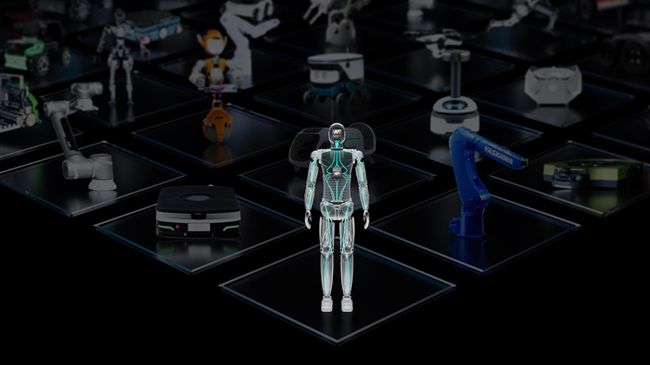Nvidia, the trailblazer in computing innovation, has introduced Project GROOT, heralding a significant leap forward in the realization of a future interwoven with humanoid robots.
At the forefront of industrial innovation, Nvidia’s Project GROOT stands as a pivotal milestone in the development of humanoid robots, promising unprecedented advancements in functionality and intelligence.
Unveiled amidst great anticipation at Nvidia’s GTC 2024 event, Project GROOT represents a paradigm shift in robotics, empowering these mechanical entities to not only comprehend natural language but also emulate human movements through astute observation.
Jensen Huang, the visionary founder and CEO of Nvidia, took center stage to announce the dawn of Project GROOT, an acronym signifying “Generalist Robot 00 Technology.” He unveiled a vision wherein robots, fueled by this groundbreaking platform, will seamlessly integrate into human environments, adeptly learning coordination, dexterity, and adaptive behaviors.
Central to Project GROOT’s ethos is its ambition to bridge the chasm between artificial intelligence and robotics, charting a course toward the realization of artificial general robotics. Huang emphasized the transformative potential of this initiative, heralding a new era where leading roboticists worldwide will chart unprecedented advancements.
To bolster the ambitions of Project GROOT, Nvidia has developed Jetson Thor, a bespoke computing system tailored explicitly for humanoid robots. At its core lies a GPU harnessing the cutting-edge Nvidia Blackwell architecture, endowed with a transformer engine capable of delivering a staggering 800 teraflops of AI performance. This computational prowess empowers robots to execute multimodal generative AI models, epitomized by the revolutionary GR00T framework.
Moreover, Nvidia’s commitment to catalyzing robotic innovation extends beyond Project GROOT, as evidenced by upgrades to its Nvidia Isaac robotics platform. These enhancements render robotic arms smarter, more agile, and vastly efficient, rendering them indispensable assets across diverse industrial landscapes worldwide.
By furnishing robotics engineers with curated collections of pretrained models, libraries, and reference hardware, Nvidia aims to expedite the learning curve and optimize operational efficiency, thereby revolutionizing factory automation and industrial workflows.
In essence, Nvidia’s unveiling of Project GROOT epitomizes a resolute commitment to advancing human-robot collaboration, propelling us ever closer to the realization of a future where human ingenuity and technological innovation converge seamlessly.

